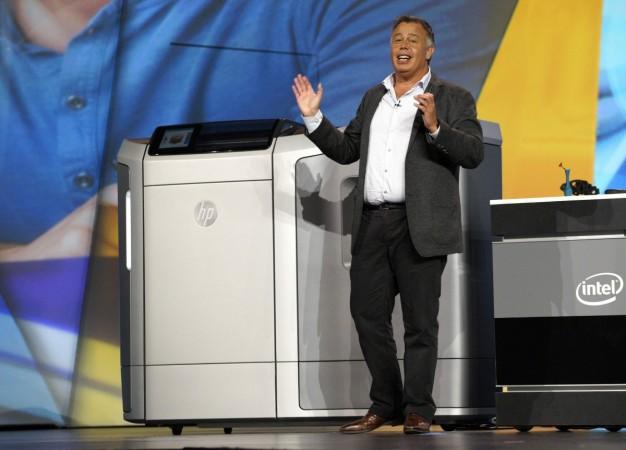
We are aware that 3D printing is different from the conventional printing world, but do we all know how exactly it works?
The 3-dimensional printing technology involves a manufacturing process that develops a 3-dimensional object layer-by-layer. The shape and depth of a 3D object is different from a conventional 2D object.
Consider any object around you, for instance a coffee mug, smartphone or a book, all looks different in real world. The image of a coffee mug or smartphone on a paper or a screen is very different from the actual object with regard to its physical characteristics like depth. The objects we see on screen or paper retains its dimension, but skips the depth of the object.
A 3D printer uses materials such as plastic, metal, nylon, glass filled polyamide, epoxy resins, silver, titanium, steel, wax, photopolymers and polycarbonate or so and forms the printed object layer-by-layer and produces an identical object. It means if you create a coffee mug through the 3D printing process, it will look similar to a real coffee mug and may also serve the same purpose.
To create any object through this technology, first one needs to develop a 3D model. And, to develop that 3D images are required or it needs to be drawn on-screen using any CAD or similar software. Models can be downloaded from the internet as well.
Beginning
The 3D technology was invented by Charles Hull in 1984 to print physical 3D objects from a digital set of data. In 1986, he claimed a patent and developed a commercial 3D printing machine – named Stereolithography Apparatus – the same year. The first commercially available 3D printer, SLA-250, was developed in 1988. Several discoveries in connection with 3D printing technology followed.
Real Life Applications
The biggest advantage of 3D printing as compared to the conventional forms of printing is its ability to develop life-like objects. With the help of the technology, doctors can develop prototype of patient's limbs which needs to be operated.
It is useful to other professionals like fashion designers, jewellery designers, artists, architectures, interior designers, car designers, robot designers, toy designers and gadget concept designers.
You'll be surprised to know that people developed car, chocolates, bikinis, robots, printed circuit boards, fake wood, metal/stone sculptures, guns, rockets and so on with the help of this technology.
The Technology
Few people use liquid materials as well to get the desired shape of the object. It actually depends on which 3D printing technology is being used in the printer. There are 3 types of technologies that are majorly used in 3D industry - SLS or Selective Laser Sintering, FDM or Fused Deposition Modelling and SLA or Stereolithography.
In SLS or Selective Laser Sintering the printer uses a high power laser beam to blend small plastic, metal or any other source material to form the desired object. The process involves scanning the object on a layer-by-layer basis and develops it thereafter.
In the Fused Deposition Modelling a flexible nozzle is used to heat the raw material and form the desired object by extruding the melted materials.
In SLA or Stereolithography, a vat of liquid ultraviolet curable photopolymer "resin" and an ultraviolet laser to build parts' layers one at a time. For each layer, the laser beam traces a cross-section of the partial pattern on the surface of the liquid resin. Exposure to the ultraviolet laser light cures and solidifies the pattern traced on the resin and joins it to the layer below.
The optional freeware
As we have mentioned above that one needs to use any 3D modelling software for mapping their object. Unfortunately, CAD is meant only for professionals and is very expensive; but there are other options available which can be used for free. For instance, one can download OpenSCAD, TinkerCAD or Google Sketchup for free and draw the objects.
Will you buy one?

Looking at the prospect of 3D printing, numerous printer manufacturers started developing 3D printing devices, but most of them are expensive and can be afforded by only large scale enterprises and manufacturers. For example, HP developed Design Jet 3D printers which cost a whopping $17,500 onwards.
Few companies are bringing some low cost solutions too. Mostly, they offer Do-It-Yourself projects and cost more than $1000, which is beyond the capacity of most people.
Some new start-ups are also into developing 3D printing machines which are expected to be available within a few months and will retail less than $700-$800.
















